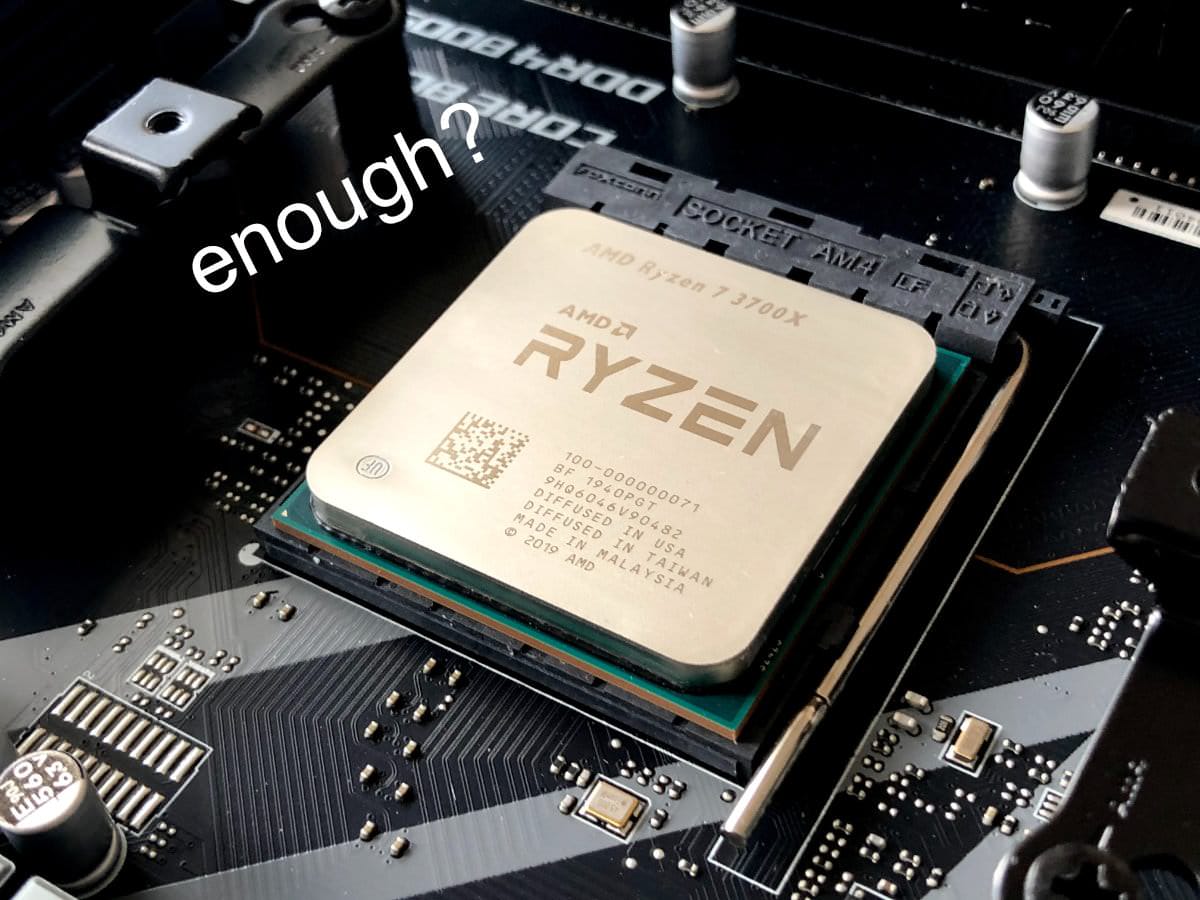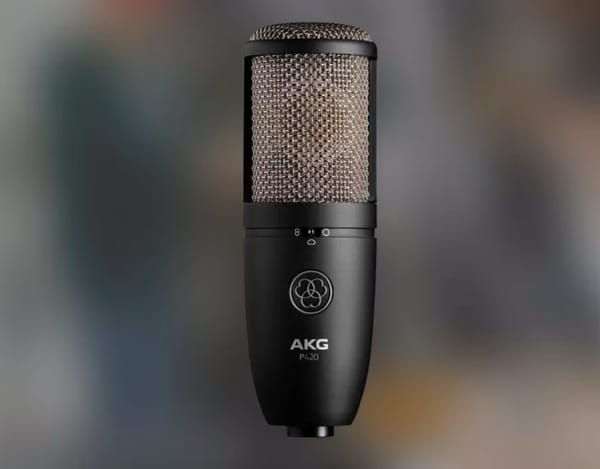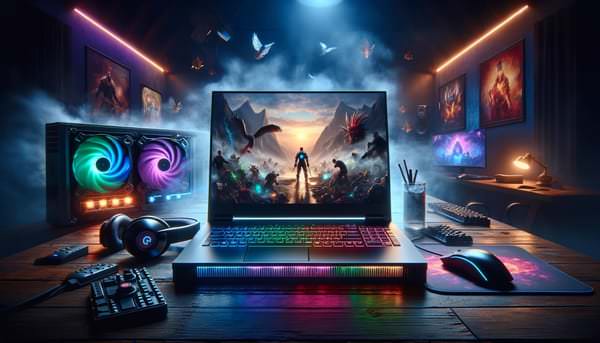Can you run a PC without a GPU?

One of the most important components in a computer is the GPU (Graphics Processing Unit). The GPU is responsible for processing graphical data and rendering it on the computer's display. It is a specialized piece of hardware that can handle computationally complex tasks quickly, such as calculating lighting, shading, and motion effects in 3D games or creating realistic images from a 3D scene. The GPU also helps with general-purpose computing tasks like machine learning and artificial intelligence, allowing for faster processing times than when using only the CPU (Central Processing Unit). However, this component is costly, and sometimes takes half the budget out of building a gaming PC. So, can you run your computer without one?

Is it Possible?
If you have a modern Intel or Ryzen processor, it will be possible to run your computer without a GPU. This is because most modern processors already have one built in! This is known as the Internal GPU, or IGPU, as I will refer to it throughout this article. However, the integrated graphics on your SOC is much less powerful than a dedicated (or discrete) GPU.
Can you game on an IGPU?
Yes, you can game on a CPU, but don't expect the performance to be too good. If you're running retro games or 2D games, you should be fine on an IGPU. However, if you want to play graphically intensive 3D games, like the latest AAA titles, then you'll definitely need a dedicated GPU. I was able to obtain playable frame rates on Minecraft on my previous laptop by lowering all the graphics settings to "Potato" mode.
Pros of Integrated Graphics
Having an integrated GPU in your computer has some benefits. First, an IGPU consumes much less power than a discrete GPU. As you can probably guess, this leads to longer battery life in laptops and other mobile devices. This is especially important for gaming laptops, as they typically have very short battery lives due to their large power-hungry components.
Second, an IGPU can be integrated into a motherboard much easier than a discrete GPU. This makes it easier for manufacturers to produce computers with the latest graphics technology without having to design and build a completely new graphics card for each model. Additionally, this allows for smaller form factors like ultraportables and 2-in-1s that can still provide decent graphical performance without being too bulky or expensive.
Finally, IGPUs are usually cheaper than their discrete counterparts, making them an attractive option for budget builds. Furthermore, they don’t require additional space in the case or extra cooling systems, allowing you to save money on those components as well.
Cons of Integrated Graphics
However, integrated graphics cards are much less powerful than their dedicated counterparts, and as such are generally not suitable for gaming. This is true; dedicated GPUs are often much more powerful than integrated GPUs, and so they are usually best suited for gaming. Dedicated GPUs have faster processing speeds and better graphics capabilities, which make them more suitable for running intensive tasks like gaming. In fact some games have minimum graphics requirements that smoke the specs of integrated GPUs and basically mean that you need a graphics card.

Pros of a Dedicated GPU
Dedicated graphics cards offer better performance than integrated GPUs because they have their own dedicated memory and are more powerful. This means that they can handle intensive tasks like gaming, video editing, and 3D rendering much more efficiently.
Dedicated GPUs offer higher resolutions and faster frame rates than integrated graphics. This means that your games will look better and load faster when you have a dedicated GPU installed in your system.
Since dedicated GPUs are designed specifically for gaming, they are usually more compatible with new games as compared to integrated graphics which may not support the latest features being used in modern titles.
Most dedicated GPUs come with overclockable features which allow you to push the card's performance even further by increasing the clock speed of its components for improved performance.
Cons of a Dedicated GPU
Dedicated GPUs are more expensive than integrated GPUs and can add significantly to the cost of a computer system. Dedicated GPUs use more power than integrated graphics , meaning they will have an impact on your electricity bill and the battery life of your laptop. As with any component that requires power, dedicated GPUs generate heat, which can be difficult to manage in a small form factor system or laptop. Therefore, you may need additional cooling solutions such as fans or liquid cooling to keep the GPU running efficiently and safely.

What are some good IGPUs?
Intel and Apple both offer very respectable IGPU choices. Let's start off with Intel IGPUs.
Far by the best in Intel processors is the Intel Iris XE and XE MAX graphics. These IGPUs are only found on supported Intel CPUs and do quite well compared to some of the other IGPUs on this list. Next is the UHD 770 IGPU. Despite being newer than the XE graphics, it is slower, and so are all the other Intel IGPUs on this list. Note that if you get a laptop with Iris XE or XE MAX graphics, it won't have a discrete GPU.
You're probably wondering why AMD is not on this list, and that's because their IGPUs aren't very fast. However, Apple's M-series IGPUs are the exact opposite of AMD. They go BLAZING fast. The 8-core M1 GPU easily beats out the XE, while the 64-core M1 Max IGPU is the fastest on the planet. HOWEVER, this is Apple we're talking about, and the one disadvantage for the M1 is that there aren't any versions with discrete GPUs. This might not seem too bad, until you consider that a 64-core M1 GPU is beaten by the mere 3070 Ti. And the only machine that this IGPU comes in costs a minimum of $5000. For that price, you could get all of this.
What are some good Dedicated GPUs?
Some good options for dedicated GPUs are the NVIDIA 30 series or high 20 series. If you're going to buy a 20 series GPU, make sure it is at least a 2070 for best performance. Also, since it is an older GPU, a higher-tier 20 series GPU will cost way less than a corresponding 30 series. However, you might want to wait a bit until the RTX 40 series come out (the lower-end ones).
For the AMD side, the Radeon RX 7000 series is a great option. These cards are powerful and efficient, providing excellent performance for gaming and other graphics-intensive tasks. If you're looking for something more affordable, then the AMD Radeon RX 6000 series is a great choice. These cards are still powerful and have great value for their price range.
Overall, the RTX 40 series and Radeon RX 7000 series are great options for gaming and other graphics-intensive tasks. Depending on your budget and needs, you can choose the right option for yourself.
Conclusion
In conclusion, you can run a PC without a graphics card, and use a CPU with integrated graphics. However, this will limit the performance of your computer, as dedicated graphics cards provide significantly better performance for gaming and other graphics-intensive tasks. Additionally, if you are looking to build a gaming or workstation PC, a dedicated graphics card is essential for optimal performance. The reason integrated graphics is so prevalent in laptops is that laptop manufacturers want their computers to have a battery that lasts as long as possible, so for a non-gaming-oriented machine, integrated graphics is good enough.




